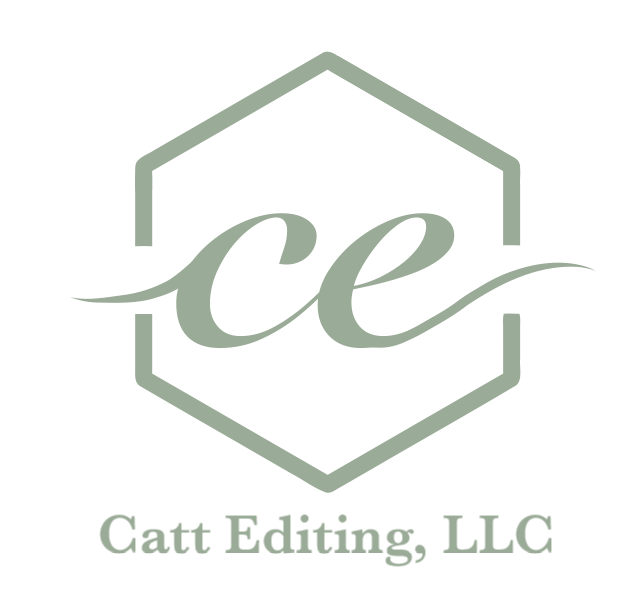Point of View
This blog post goes out to all my fiction writers. Nonfiction is normally a little more straight-forward: Memoirs are in first person. Self-help is second person. (For the most part.) Informational books don’t address anyone in particular, so . . . it doesn’t apply . . . I guess. Maybe there’s a different term for that kind of writing. . . . Anyway, let’s talk about fiction point of view!
Point of view is the perspective from which the story is being told. Your choice of point of view can really change your story, so it’s important to make an educated decision. (This post isn’t going to go deep into all the points of view—because there are a lot—I’ll just touch on the top four most popular and most general.)
First Person “I, we”
When you use first person point of view, the reader only knows what the main character knows. Unless you have dual perspectives (which you can do), the reader doesn’t know about the conversation that happened after the main character left the room. This also means the reader has to trust the narration of the main character. If the main character isn’t reliable in storytelling, that changes the entire reading experience.
First person = inside their head. We know all their thoughts and feelings. This is very up close and personal with the main character. The reader is put in their shoes. For me, I sometimes forget that I’m reading a book when I read first person because it feels like I’m experiencing the story as them.
Second Person “you”
This is an odd one. This doesn’t come up too much in fiction, but it’s a basic point of view, so I will go over it. This is normally used in self-help because it’s talking directly to the reader and telling them what to do. There are some novels that use second person though, and it creates a really interesting mood. Here are a few:
The Push by Audrey Audrain has some chapters in second person (while the rest are in first person); those chapters aren’t directed at the reader though. As you read on, you find out she is addressing her ex-husband. It makes it feel like we are listening in on a private conversation as she explains to him what happened and how she understood it. (Highly recommend, by the way!)
The Night Circus by Erin Morgenstern uses second person for some chapters (while the rest are third person limited, see below) to put the reader directly in the circus. Phrases like “You walk into the tent to see an acrobat directly above you” make you envision yourself in the scene. (I recommend that one too!)
I read another book that used second person throughout the whole thing, and I was confused who the main character was. (Who is “you”? Me? Why am I at the market? I don’t want to be there!) It made me irritated because it told me how I was feeling and what my actions were. But that’s not at all how I would have reacted, and I didn’t feel those emotions at all. Don’t tell me what to think!
Second person can be confusing and a little exhausting if it’s used for the entire book, but it can absolutely be used periodically to create different moods, emotions, and tones for the reader.
Third Person Limited “he, she, it, they”
Third person limited is the most common (and probably the easiest to master) in fiction. This is pretty much always a good go-to if you’re not feeling adventurous. Here, you know all the thoughts, feelings, emotions that the main character experiences, and you only see what the character sees, but the narrator is not the main character. Again, we don’t know about a conversation after the main character left the room.
This is a better idea than first person if you’re going to switch perspectives between chapters. If the perspective changes but the subject is always “I,” I don’t know who that is. Using names helps the reader know who the perspective character is at any given moment.
It’s very easy to head hop in this point of view though, so be careful! Learn more about that here!
Third Person Omniscient “he, she, it, they”
The trickiest. An omniscient narrator is all-knowing. They do know about the conversation after the main character left the room. They can provide information about history and world-building and why certain events transpired. This can include commentary too: thoughts separate from the main character’s. The narrator can address the reader directly (e.g., “Let’s go back to Natalie’s story now.”). They also know the thoughts, feelings, and emotions of every character.
This point of view has a tendency to head hop, so check out this blog post to find out how to avoid that!
I would recommend using this sparingly—not for the entire book. If you want to pepper this point of view throughout the book to add depth to the story, do it! Just be careful of overuse and ruining the tension you create in the story by giving everything away.
As you can see, the point of view you choose can change the story you tell by quite a bit. Think about it and make an educated decision so your book is the best it can be! If you want advice on which tense is best for you, I recommend getting a line evaluation!
To get updates about more free tips and advice from experts (like this), make sure to subscribe here!
